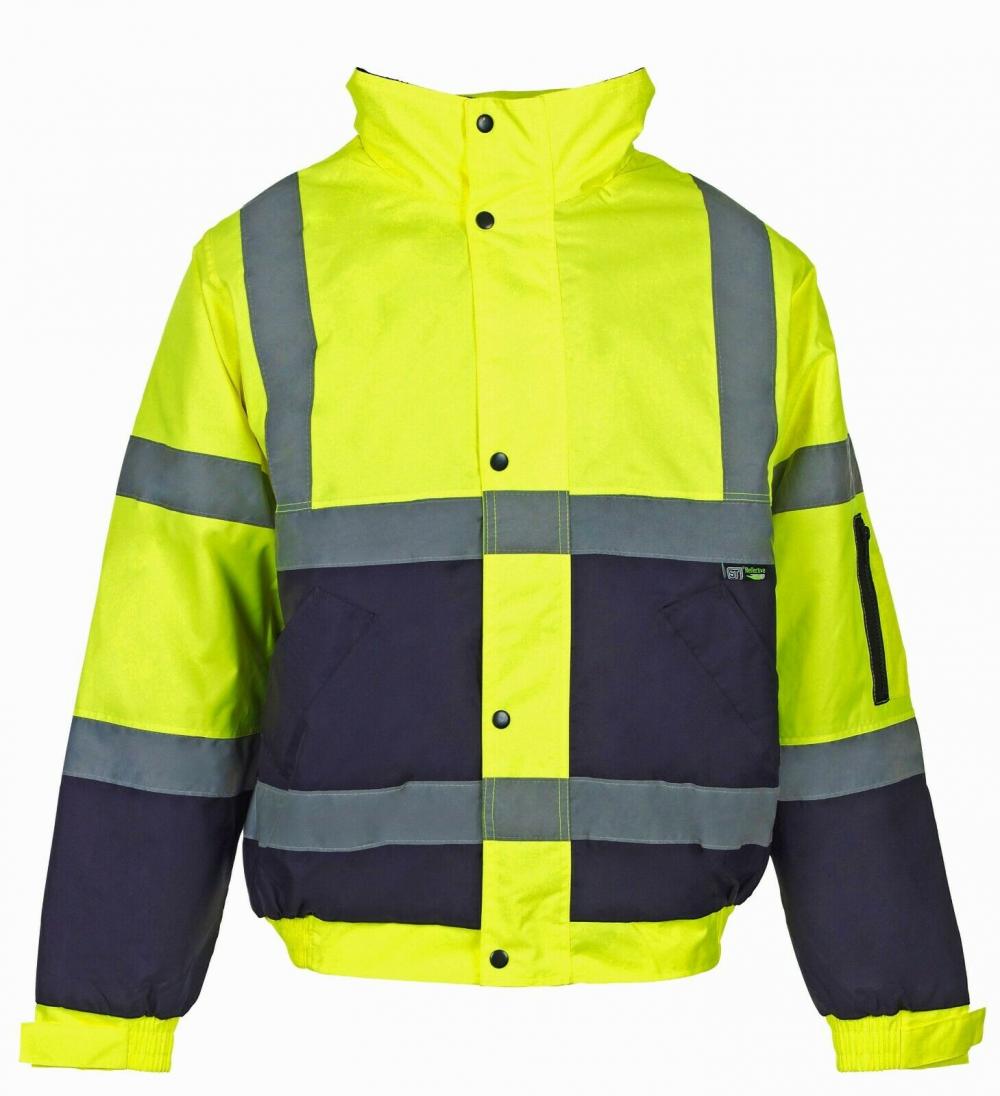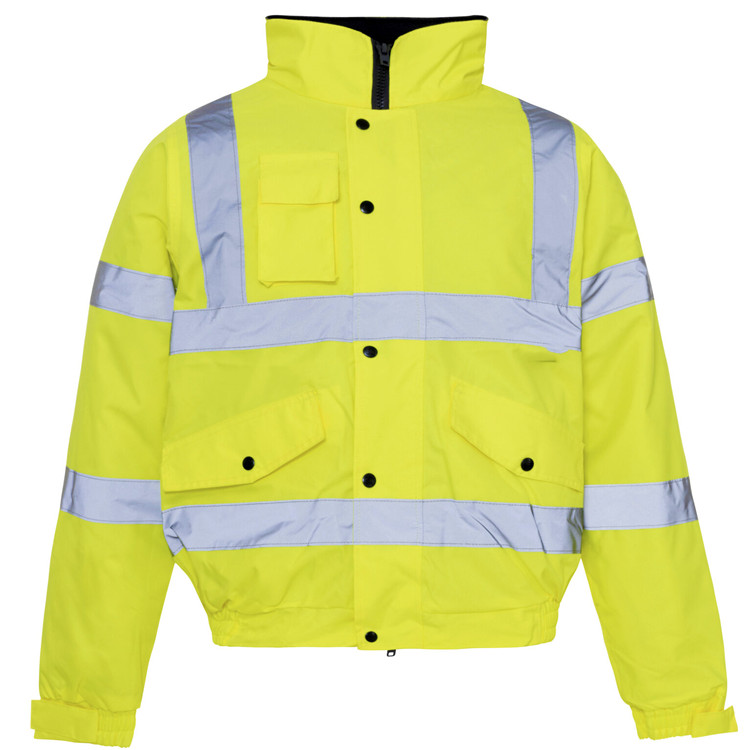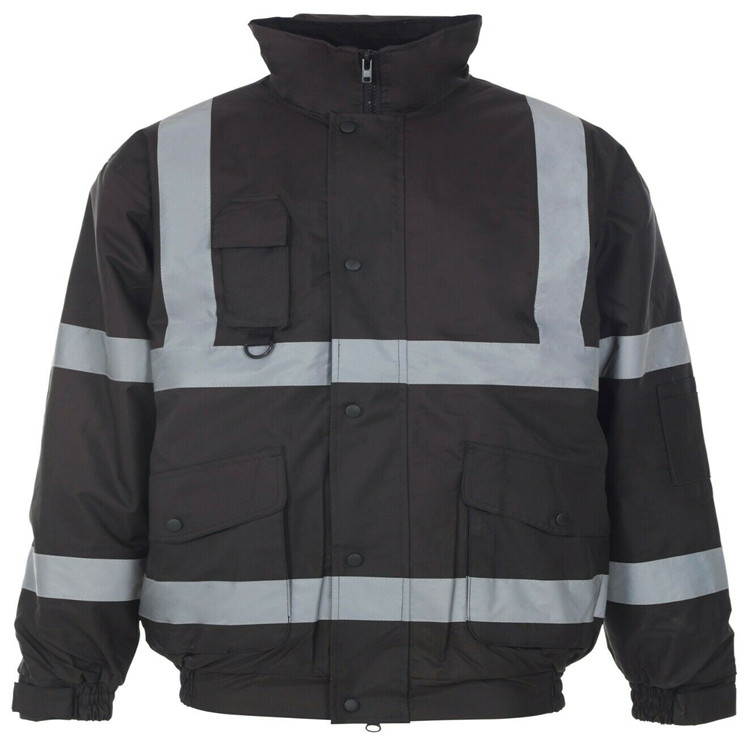Synthetic Techniques for Edible Fungus Cultivation by Substituting Grains with Grass
I. Introduction
The global cultivation of edible mushrooms, fungi, and other edible fungi has traditionally relied on materials such as forest wood, wheat bran, and rice husks. However, the long growth cycle of forest-based materials has limited the large-scale development of the mushroom industry. In this invention, wild and cultivated grasses—abundant in resources—are used as an alternative to traditional materials for cultivating both edible and medicinal fungi. Additionally, the byproducts from these fungi are transformed into high-quality, high-protein animal feed. This innovative approach breaks the traditional boundaries between woody and grassy fungi, merging disciplines such as agriculture, mycology, and animal husbandry. It represents a major transformation in mushroom cultivation, introducing a new generation of materials that promote sustainable development and environmental protection. By integrating economic, social, and ecological benefits, this technology offers a promising path for the future of the fungal industry. To date, 27 types of fungi have been successfully used to cultivate 38 species of edible and medicinal mushrooms, making it one of the most efficient ways to produce healthy food and protein-rich feed for livestock. This is a groundbreaking, practical, and widely applicable technology with significant economic and ecological value.
II. Main Content
(a) Concept
1. Fungi: Species suitable for growing edible mushrooms. Grasses include weeds, pastures, and seaweed.
2. Germplasm Technology: A comprehensive system that uses solar energy to grow grass, which is then used to cultivate edible mushrooms, medicinal fungi, and bacterial protein feed. This is known as grass technology.
(b) Technical Details
Since 1983, extensive research has been conducted on grass-based technologies. Today, we have developed methods for screening, planting, managing, harvesting, and processing grasses, as well as cultivating edible mushrooms, medicinal fungi, and bacterial strains. We have also established techniques for producing high-quality protein feed and other related processes. These innovations form a mature, scalable technology with broad applications. Key aspects include:
1. Grass Screening: Research has identified 27 high-yield, high-nutrient grasses that can replace wood for mushroom cultivation. These grasses are rich in nutrients, easy to manage, and highly adaptable. Their nutritional content exceeds that of wood chips, with higher levels of protein, nitrogen, phosphorus, potassium, and magnesium. For example, wild moor, reed, and ramie contain up to 361% more protein than mixed wood chips.
2. First-time Cultivation: 38 species of edible and medicinal fungi have been successfully grown using these grasses.
3. Mycelial Protein Use: DN2 mycelial proteins have been introduced as an alternative to wheat bran and rice husks for growing shiitake mushrooms, opening a new avenue for nitrogen nutrition in mushroom cultivation.
4. Cultivation Techniques: Developed methods for high-yield, stable production of mushrooms like shiitake, oyster mushrooms, and more, tailored to the nutritional profile of grass.
5. Sorghum Substitution: Used sorghum instead of wood for cultivating mushrooms, auricularia, black fungus, and others.
6. Fermentation Techniques: Applied grass fermentation to grow mushrooms, hair fungus, and medicinal fungi like Ganoderma lucidum.
7. Outdoor Cultivation: Established annual outdoor mushroom farming methods.
8. Factory-Based Cultivation: Developed year-round indoor mushroom production systems.
9. Grass Cultivation: Created specific techniques for growing mushrooms using grasses.
10. Grass Management: Developed artificial cultivation and management practices for grasses.
11. Grass Grinder Technology: Designed equipment for processing grass into usable material.
12. Waste Utilization: Converted mushroom waste into protein feed.
13. Fertilizer Application: Used mushroom waste as organic fertilizer.
III. Application Scope
(a) Implementation
This technology was recognized by the National Science and Technology Commission as one of the twelve key agricultural projects in 1991. It has proven to be cost-effective, fast, and environmentally friendly, offering a “short, flat, fast†solution with strong ecological benefits.
(b) Advantages
Compared to traditional wood-based methods, grass-based mushroom cultivation offers multiple benefits:
1. Environmental Protection: Replacing wood with grass reduces deforestation and helps maintain ecological balance.
2. Resource Utilization: Converts weeds and waste into valuable products, improving resource efficiency.
3. Animal Feed Integration: Reduces competition between mushroom production and grain-based animal feed.
4. High Efficiency: Solar energy conversion rates are 4-6 times higher than those of broad-leaved trees, and biological efficiency is 20-40% better than wood-based methods.
5. Quality Assurance: Mushrooms grown on grass have superior nutrient profiles and meet international safety standards.
6. Shorter Growth Cycle: Shiitake mushrooms mature three weeks faster, and bamboo shoots are ready two months earlier.
7. Rapid Yield: Grass can be harvested within a season, with long-term productivity. For instance, in southern China, grass can yield 4–5 tons of hay per year for many years.
8. Integrated Benefits: Combines economic, social, and ecological advantages, promoting sustainable cycles in soil, agriculture, and livestock.
(c) Practicality and Wide Application
This method is flexible, suitable for small or large-scale operations, and applicable in rural and industrial settings. It can be implemented globally, especially in areas with abundant grasslands. Whether in pasture regions, corn fields, or mixed vegetation zones, this technology can be adapted effectively.
Safety Hoodies, winter Safety Hoodies, hi vis orange Safety Hoodies, supplier in China. We will provide good quality products.



Safety Hoodies, winter Safety Hoodies, hi vis orange Safety Hoodies
Suzhou Golden Gamrnet MFG Co.,Ltd , https://www.svchangerobe.com